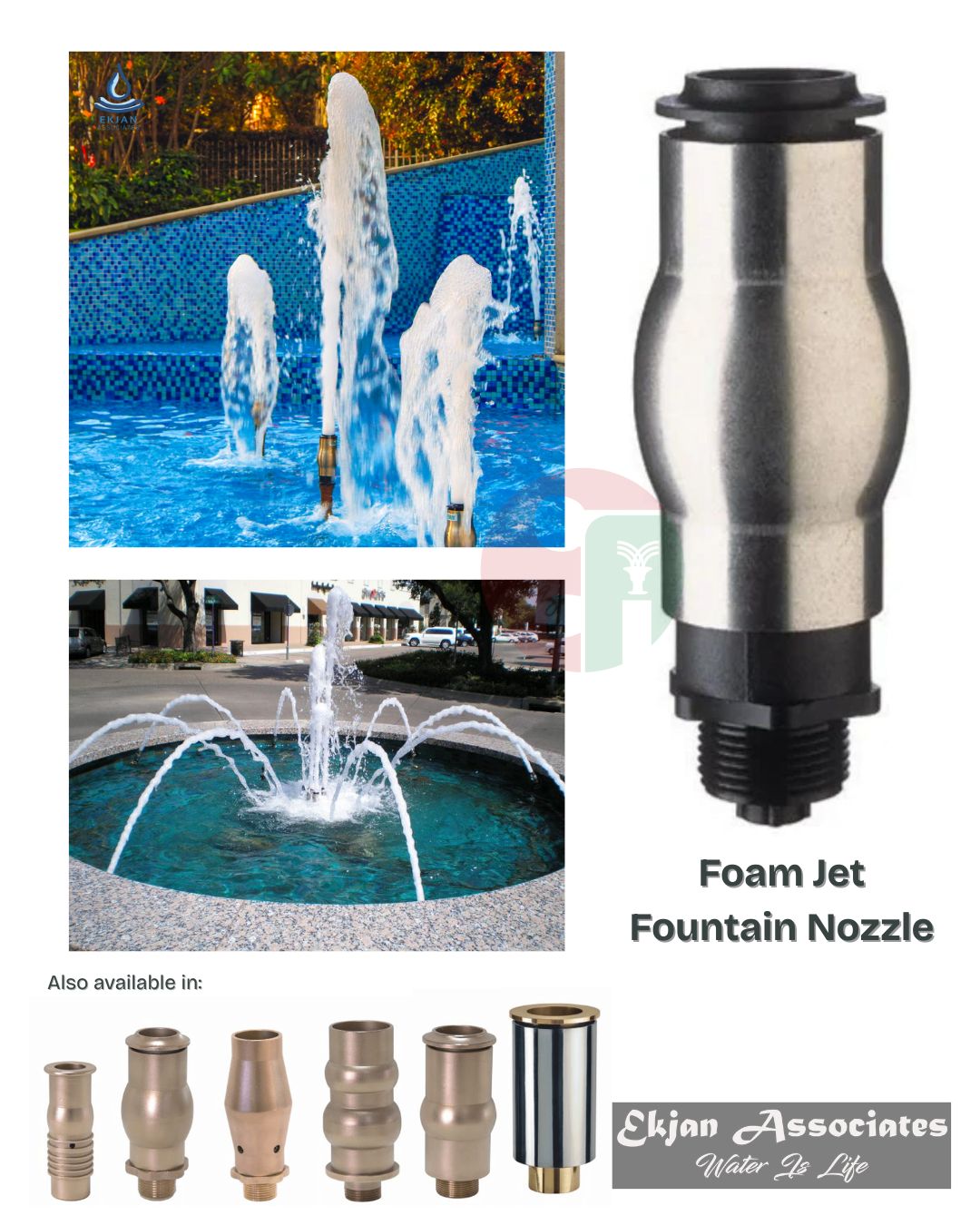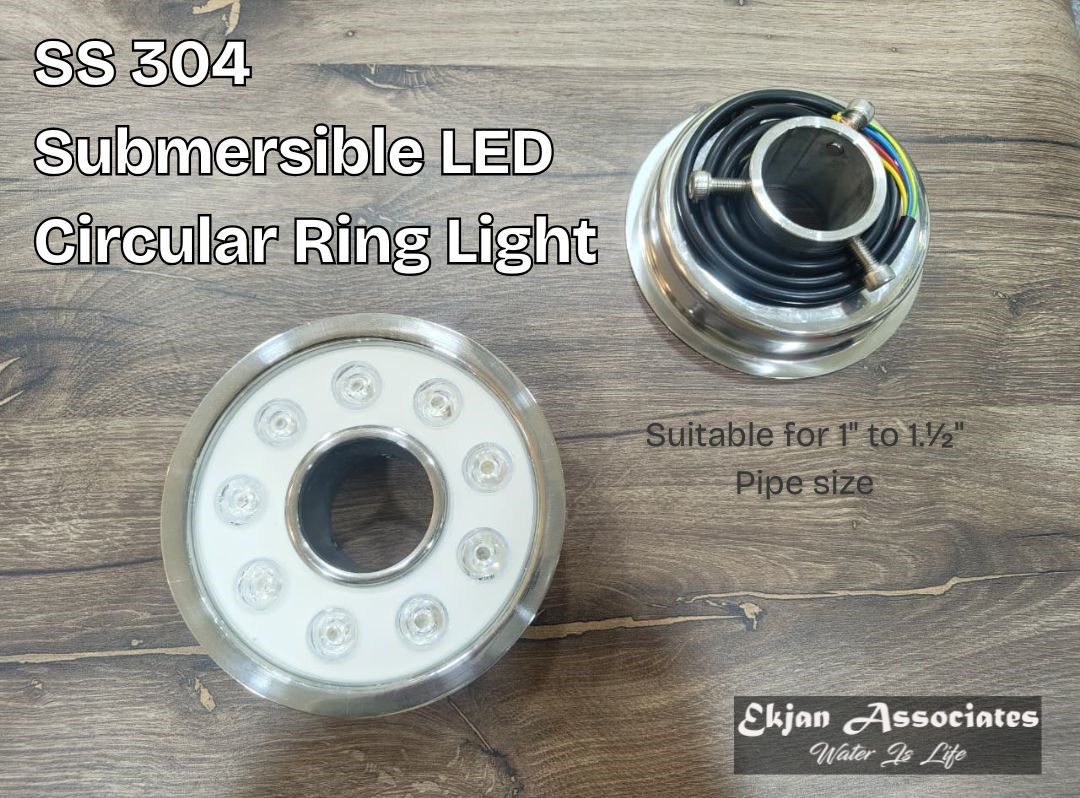# MSP Series Submersible Fountain Pumps: Compact Power for Water Features When it comes to reliable, efficient fountain pumps that deliver professional performance without breaking the bank, the MSP series submersible pumps stand out as workhorses of the water feature industry. At Ekjan Associates, we're pleased to offer these versatile pumps that have earned their reputation through consistent performance in countless fountain and pond installations across diverse applications. ## Two Models, Comprehensive Coverage The MSP series offers two carefully calibrated models designed to cover the most common fountain and water feature requirements: **MSP 1000** - Power: 85W - Maximum Flow: 4,000 liters per hour - Maximum Head: 3.2 meters - Connection: 1/2“ BSP (Male) **MSP 1200** - Power: 120W - Maximum Flow: 4,500 liters per hour - Maximum Head: 3.8 meters - Connection: 3/4“ BSP (Male) This range ensures appropriate capacity for applications from small garden fountains to medium-sized water features, providing the flexibility to match pump performance precisely to installation requirements. ## Compact Design, Substantial Performance The images showcase the MSP series' remarkably compact footprint. These pumps pack impressive flow capacity into housing that fits easily into tight spaces—a critical advantage for installations where concealment is important or available space is limited. The sturdy carrying handle integrated into each unit simplifies installation and maintenance access. Despite their modest size, these pumps deliver flow rates and head pressure suitable for a wide range of fountain applications. The MSP 1000 handles most residential fountain needs, while the MSP 1200 provides additional capacity for larger features or installations requiring greater lift height. ## Universal Compatibility The standard BSP (British Standard Pipe) threaded connections ensure compatibility with commonly available plumbing fittings and fountain nozzles. The MSP 1000's 1/2“ connection suits smaller nozzle configurations, while the MSP 1200's 3/4“ outlet accommodates larger nozzles and higher flow demands. This standardization simplifies installation and allows easy integration with existing systems. ## Versatile Applications The MSP series excels across diverse water feature applications: **Garden Fountains**: Perfect for residential water features where reliable circulation and moderate height capabilities meet aesthetic requirements. **Ornamental Ponds**: Provides circulation for water gardens and decorative ponds, supporting healthy aquatic environments. **Small Commercial Features**: Suitable for restaurant patios, hotel courtyards, and retail environment water displays. **Waterfall Features**: Adequate pressure for modest waterfall installations and multi-tier cascade designs. **Pond Filtration**: Supports biological filter systems requiring consistent flow rates. ## Energy-Efficient Operation Both models balance performance with reasonable power consumption. The efficient motor design minimizes operating costs during continuous operation—an important consideration for fountains and ponds requiring 24/7 circulation. The modest wattage ratings translate to manageable electricity expenses that make daily operation practical and affordable. ## Durable Construction The robust housing protects internal components from water exposure and mechanical stress. Ventilation slots ensure adequate cooling during operation, extending motor life even during continuous duty cycles. The quality construction reflects engineering focused on reliability rather than disposability—these are pumps designed to work, not just to sell. ## Easy Installation and Maintenance The compact size and integrated handle make physical installation straightforward. The standard threaded connections simplify plumbing integration. When maintenance becomes necessary, the accessible design allows straightforward service without specialized tools or excessive disassembly. ## Choosing Between MSP 1000 and MSP 1200 **Select MSP 1000 when:** - Flow requirements don't exceed 4,000 LPH - Vertical lift remains under 3 meters - Space constraints favor the smaller housing - Budget considerations are paramount **Select MSP 1200 when:** - Higher flow rates enhance the installation - Greater head pressure is needed for elevation - Larger nozzles or multiple outlets are planned - Future expansion might increase demands Our technical team at Ekjan Associates can help assess your specific requirements and recommend the optimal model for your application. ## Stock Availability We maintain ready stock of both MSP series models, ensuring immediate availability for your fountain and pond projects. Our commitment to inventory means you won't face delays waiting for critical components to arrive. **Transform your water features with reliable MSP series pumps—proven performance at practical prices.**



